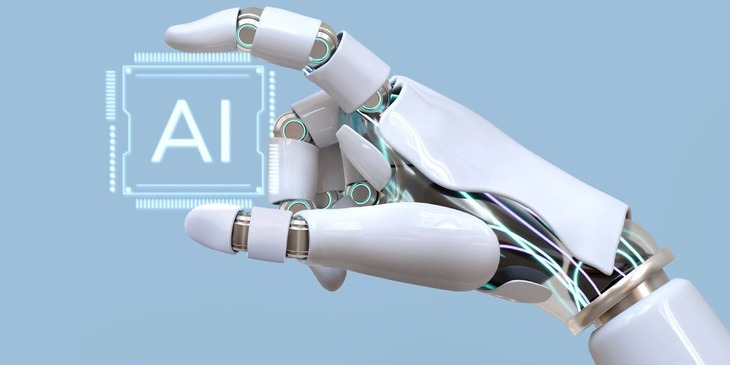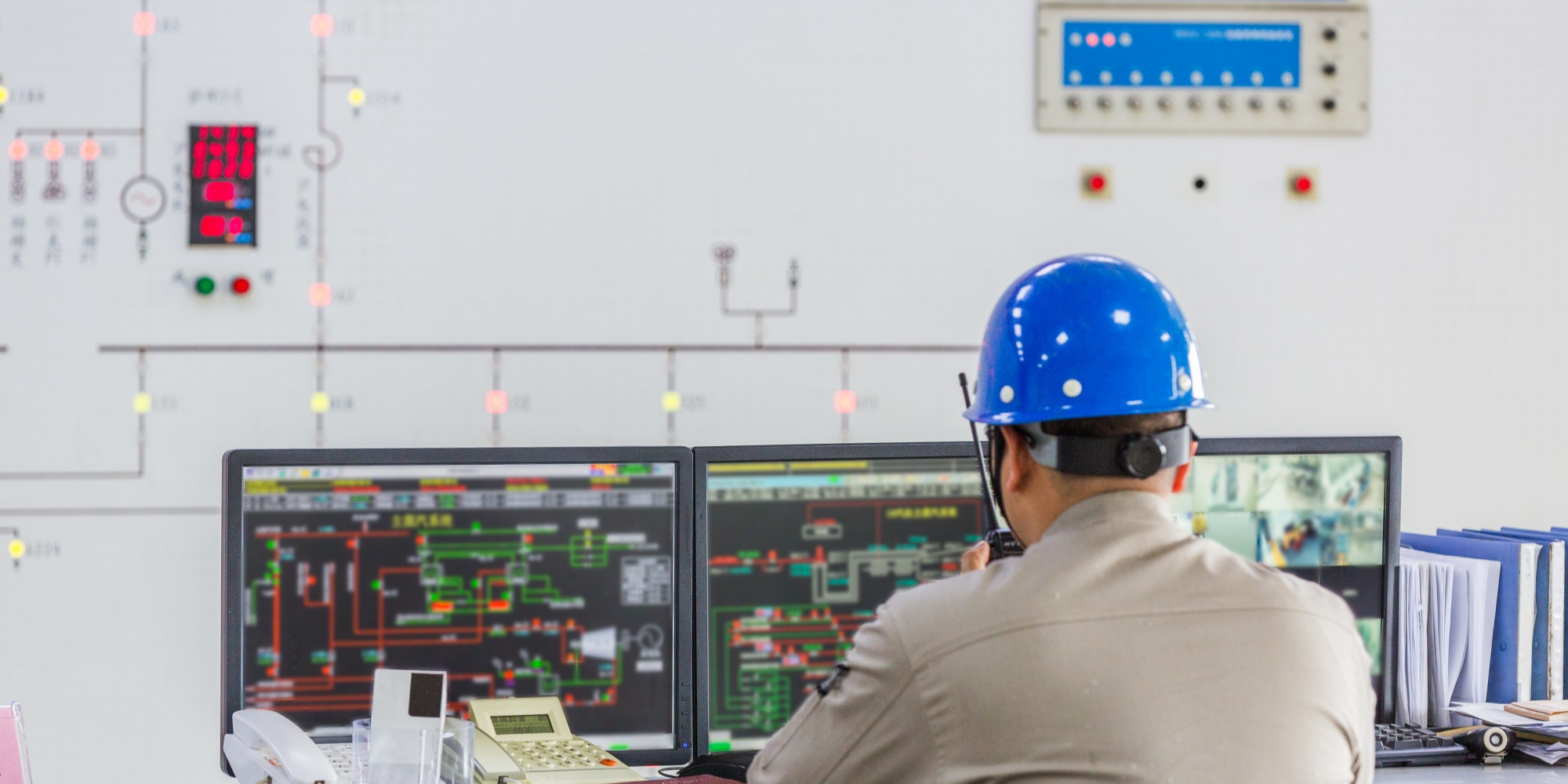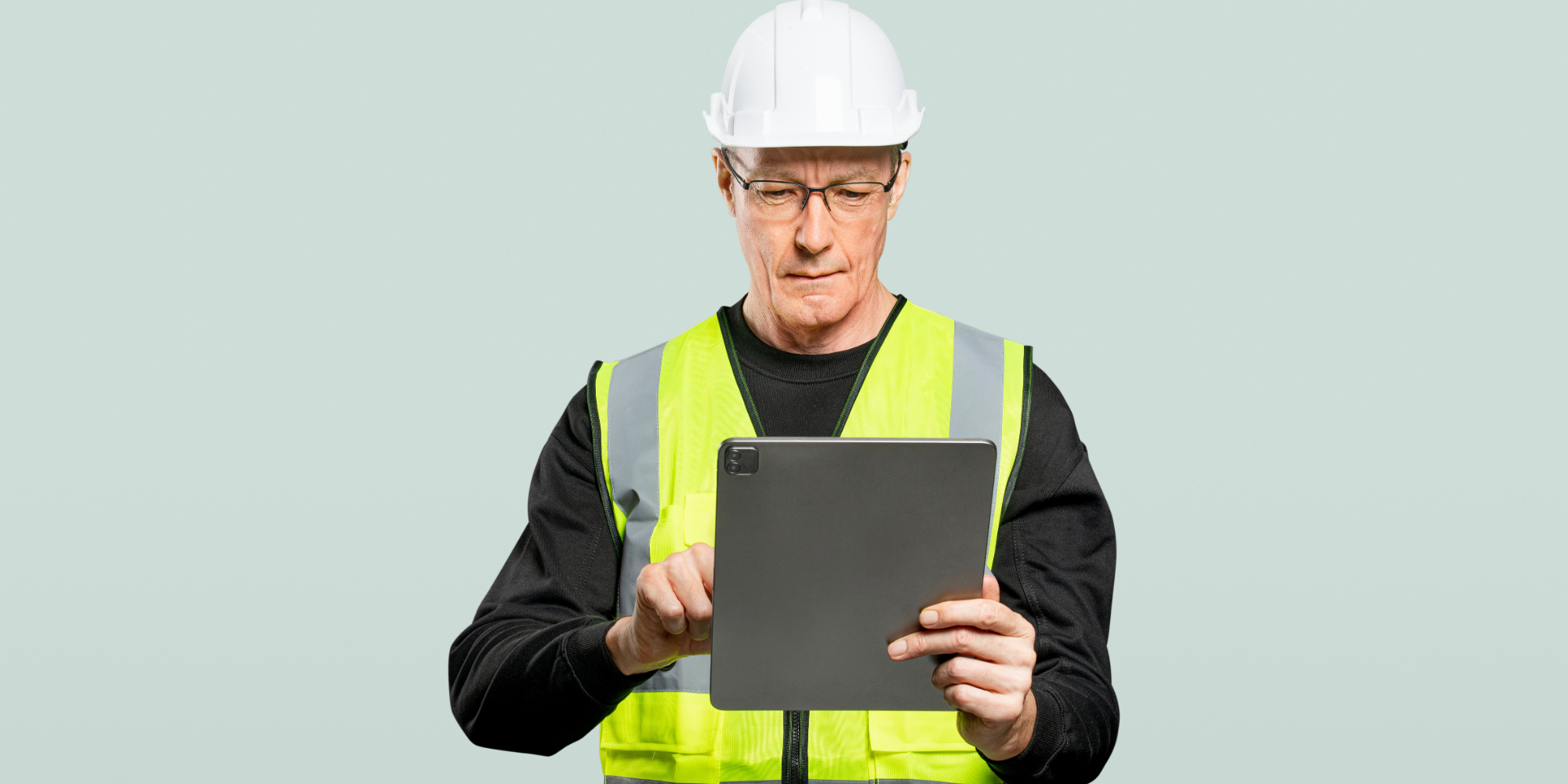
Artificial Intelligence (AI) plays a crucial role in reshaping the digital signage landscape, bringing forth advancements in content personalization, audience engagement, and data-driven decision-making. The integration of AI algorithms with digital signage platforms enables businesses to deliver tailored messages that resonate with their target audience. By analyzing demographic information and behavioral patterns, AI-driven digital signage creates immersive experiences that captivate viewers. This strategic alliance between AI and digital signage holds the promise of driving innovation and efficiency in communication strategies, propelling businesses towards a more impactful and engaging future in the digital realm.
Personalize Content to Captivate Your Audience
Personalizing content enhances engagement and communication within digital signage software platforms. Content personalization drives audience engagement and ensures message impact. By utilizing AI-driven customization, targeted messaging can be delivered to viewers, increasing viewer interaction and retention. Personalized displays are instrumental in keeping the audience engaged and interested, leading to improved audience retention rates.
Customized content tailored to the viewer's preferences and interests enhances viewer engagement and fosters a stronger connection between the audience and the digital signage platform. This targeted approach ensures that the content displayed is relevant and impactful, ultimately maximizing the effectiveness of the communication strategy.
How AI-powered Meeting Technology is Revolutionizing Meeting Rooms
AI-powered meeting technology is reshaping traditional meeting room setups by enhancing productivity and efficiency. By integrating AI and machine learning, meeting rooms can now offer advanced features like natural language processing, virtual meetings, collaboration tools, and voice recognition capabilities. These innovations streamline communication processes and transform the way meetings are conducted, leading to more dynamic and interactive sessions.
Increase Productivity and Efficiency
Artificial intelligence advancements significantly transform the efficiency and productivity of meeting rooms through innovative technologies. AI-driven automation simplifies tasks like scheduling, room setup, and follow-up actions, saving time and eliminating human errors. Personalized recommendations based on participants' preferences and historical data enhance decision-making processes, ensuring meetings are more tailored and effective. Streamlined processes, facilitated by AI algorithms, optimize workflows by automating repetitive tasks, allowing teams to focus on more strategic activities. The integration of AI in meeting technology leads to improved accuracy in data analysis, note-taking, and action item tracking, contributing to more successful and impactful meetings.
AI and Machine Learning in Meeting Room Technology
The integration of machine learning in meeting room technology reshapes how organizations conduct and optimize their meetings. AI automation streamlines tasks like setting up meeting rooms and adjusting environmental settings. Intelligent scheduling uses predictive analytics to suggest optimal meeting times based on participant availability and preferences. Facial recognition enhances security by granting access only to authorized individuals. Interactive displays facilitate collaboration and engagement during meetings, allowing for real-time annotations and content sharing. Overall, AI-powered meeting technology revolutionizes meeting rooms by improving efficiency, productivity, and user experience.
Natural Language Processing In Meeting Room Technology
Natural Language Processing technology revolutionizes the dynamics of meeting rooms by enhancing communication and seamless interactions in the workplace. By utilizing sentiment analysis, intelligent scheduling, contextual understanding, and real-time insights, AI-powered meeting technology reshapes how meetings are conducted. Sentiment analysis gauges participants' emotions, while intelligent scheduling optimizes meeting times. Contextual understanding allows for more personalized interactions, and real-time insights provide valuable data for decision-making.
These capabilities foster enhanced interactions among meeting attendees, leading to more productive and engaging sessions. Overall, natural language processing in meeting room display technology revolutionizes traditional meeting structures by promoting efficiency and effectiveness in communication and collaboration.
Virtual Meetings and Collaboration
Virtual meetings and collaboration leverage AI-powered technology to enhance communication and productivity in the workplace. AI-driven communication tools facilitate virtual teaming, enabling seamless collaboration regardless of physical location. Collaborative technology powered by AI enhances interactions through features like real-time document editing and smart suggestions, fostering innovation and efficiency in remote collaboration. AI-enhanced collaboration platforms utilize data analytics to provide insights into meeting dynamics and participant engagement, optimizing future interactions.
These advancements in meeting technology revolutionize how teams communicate and work together, breaking down barriers imposed by distance and time zones. With AI at the forefront of modern meeting rooms, organizations can expect increased productivity and more effective collaboration.
Voice Recognition in Meeting Room Technology
Incorporating AI-powered voice recognition technology into meeting room systems reshapes how organizations conduct and optimize collaborative efforts. Voice recognition accuracy enhances user experience improvements by enabling seamless interaction with meeting room technology. However, integration challenges may arise when incorporating voice recognition into existing systems, requiring thorough planning and implementation strategies. Security concerns, such as unauthorized access through voice commands, need to be addressed to safeguard sensitive information shared during meetings.
Additionally, training requirements for both users and system administrators are essential to ensure the effective utilization of voice recognition technology in meeting rooms, maximizing its potential benefits for enhancing communication and productivity.
Data Analysis in Meeting Room Technology
The integration of AI-powered data analysis technology in meeting room systems significantly enhances the efficiency and effectiveness of collaborative meetings. By leveraging data analysis and technology integration, meeting rooms can offer AI customization for improved user experience. Smart scheduling and room optimization tools ensure meetings are organized, and spaces are utilized effectively. Automated insights generated through data analysis aid in quick decision-making during meetings. Additionally, this technology enables enhanced communication through visual analytics, providing real-time data visualization for better understanding and engagement.
Overall, the incorporation of AI-powered data analysis in meeting room technology revolutionizes the way meetings are conducted, making them more productive and streamlined.

Conclusion
In conclusion, the examination of digital signage's impact on visual communication strategies across various sectors underscores its significant role in revolutionizing modern communication methods. The capacity to personalize content, boost audience engagement, integrate AI for dynamic content delivery, utilize data analytics for targeted messaging, and offer future applications highlights the versatility and effectiveness of digital signage platforms. By providing customizable templates, seamless AI integration, and advanced data analytics capabilities, these platforms empower users to craft compelling and tailored content suited to their specific requirements.
As technology progresses, digital signage continues to evolve, offering organizations valuable tools for enhancing communication strategies and delivering enhanced customer experiences.
FAQs
Exploring the FAQs surrounding AI in digital signage sheds light on how AI can revolutionize collaboration and what tools powered by AI are gaining popularity in meeting environments. Understanding the impact of AI on collaboration and recognizing the tools shaping modern meeting dynamics are key aspects addressed in this discussion. By shedding light on these points, we aim to provide insights into the role of artificial intelligence in enhancing digital signage experiences.
How does AI enhance collaboration?
Artificial Intelligence plays a pivotal role in enhancing collaboration by revolutionizing how individuals and teams interact and communicate in various professional settings. AI enables enhanced interaction by facilitating collaborative learning through dynamic engagement. It provides innovative solutions that promote seamless integration of ideas and workflows, fostering a more cohesive and productive work environment. By leveraging AI-powered tools, organizations can streamline processes, automate routine tasks, and optimize decision-making processes.
This results in improved team collaboration, increased efficiency, and the ability to tackle complex challenges more effectively. AI's ability to analyze data and provide insights enables teams to work together more cohesively, leading to enhanced project outcomes and overall success.
What are some popular AI-powered tools for meetings?
In modern business operations, incorporating AI-powered tools for meetings has become increasingly essential for enhancing collaboration and productivity. Popular AI-powered tools for meetings include AI assistants that help streamline tasks, meeting analytics for tracking productivity and engagement levels, voice assistants for hands-free interaction, intelligent scheduling to optimize meeting times, and smart automation for managing repetitive meeting processes efficiently.
Decision-making and overall improved meeting experiences. By leveraging these AI technologies, organizations can enhance the efficiency and effectiveness of their meetings, leading to better outcomes and increased productivity in today's fast-paced business environment.





